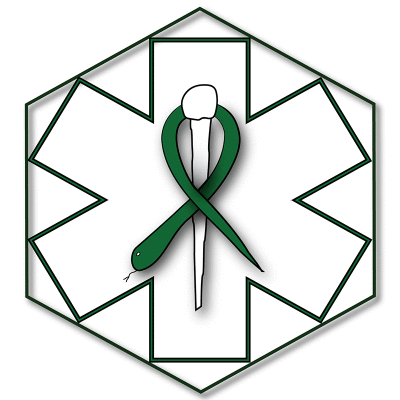Greetings from future Brandon!
EMS Basics, while it remains freely available (and to my eye still has plenty of good stuff for the enterprising EMSer), has been archived since ~2015 when I became a critical care PA.
But if you’re looking for more education, there’s another option now. With my APRN colleague Bryan Boling, I’m now teaching over at the Intensive Care Academy, a subscriber-based video platform with tons of self-paced content. It’s focused on the ICU, but plenty of the content is applicable to prehospital care, and there are discounts available for EMS folks.
Check it out if that’s up your alley! For those not looking to spend any dough, I’m also still teaching at our free podcast Critical Care Scenarios, and through the semi-backburnered blog Critical Concepts.




Recent Comments